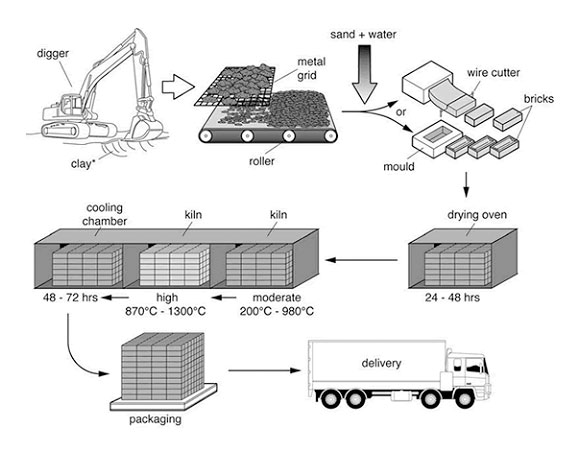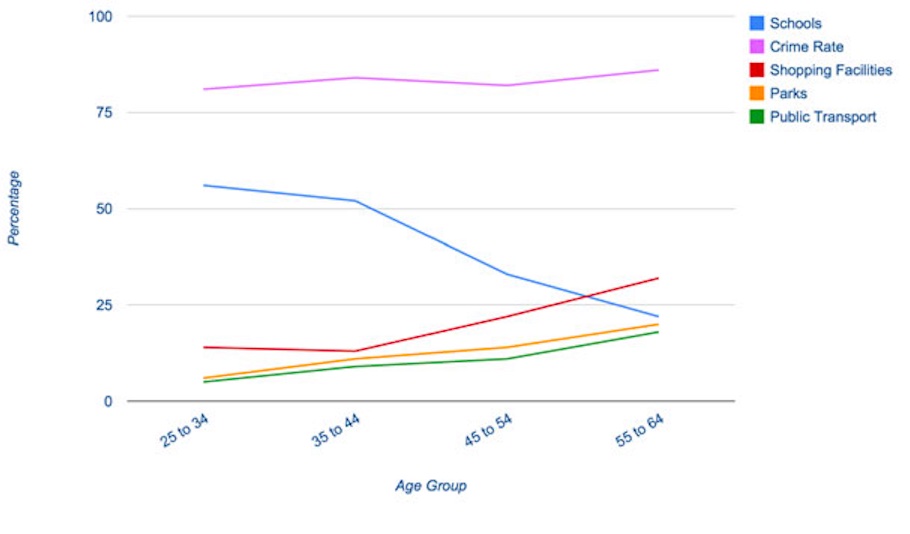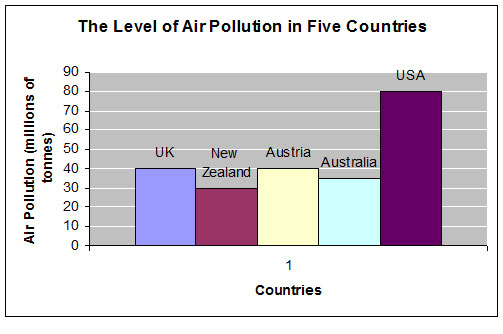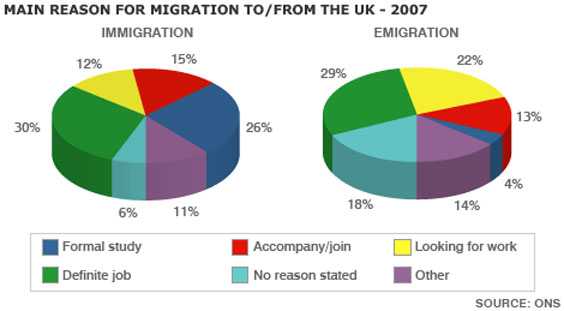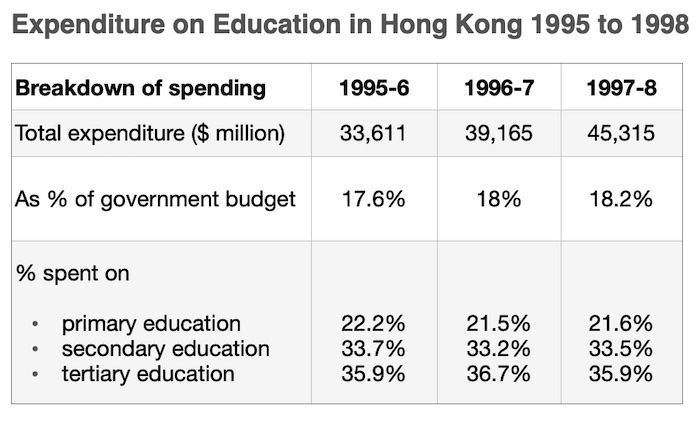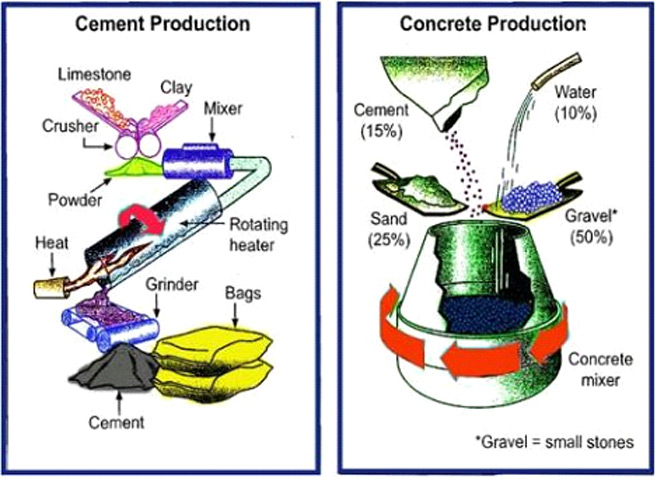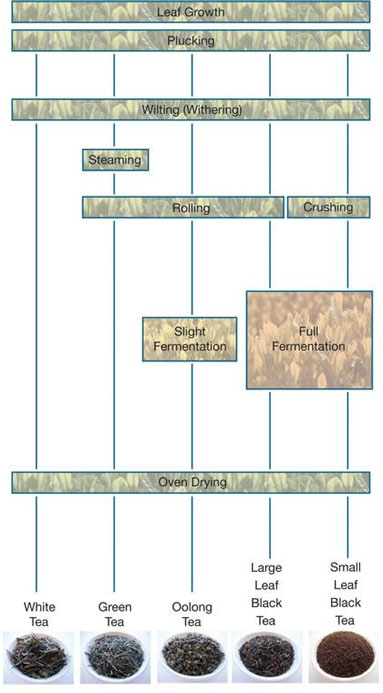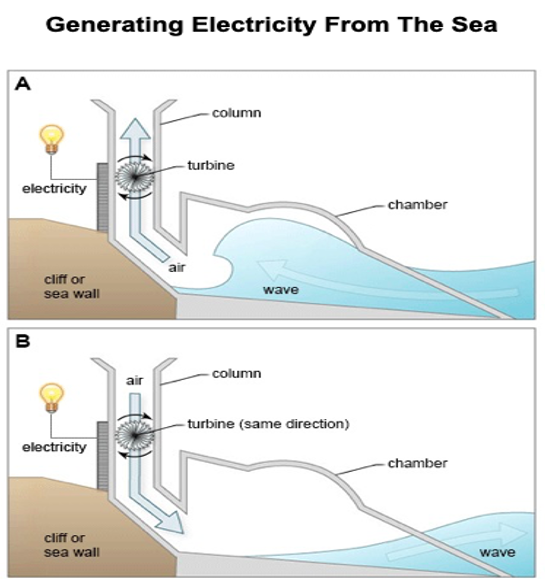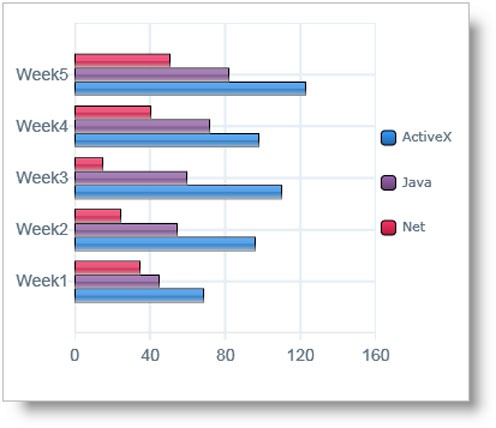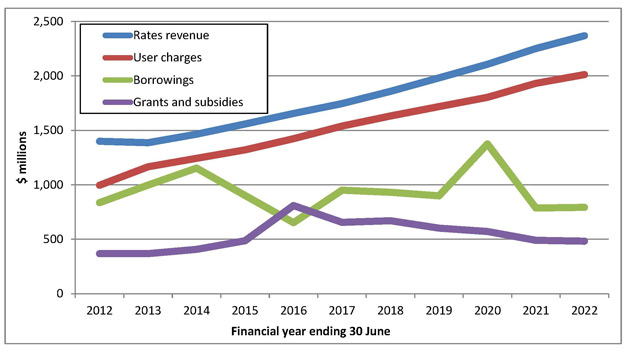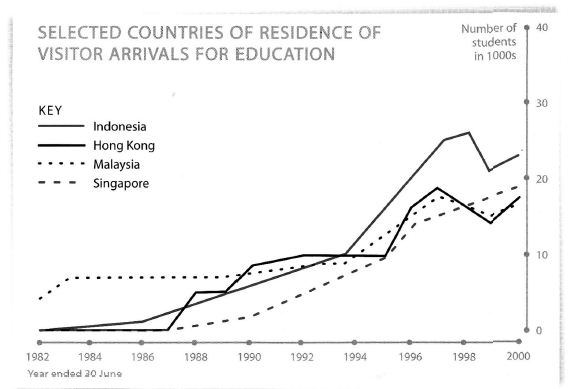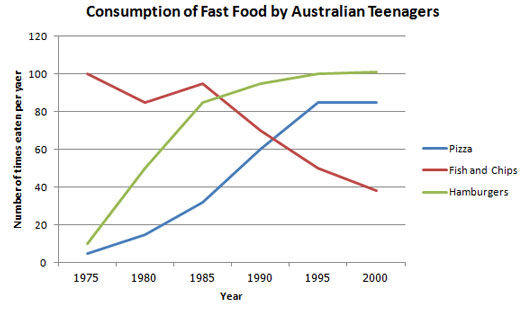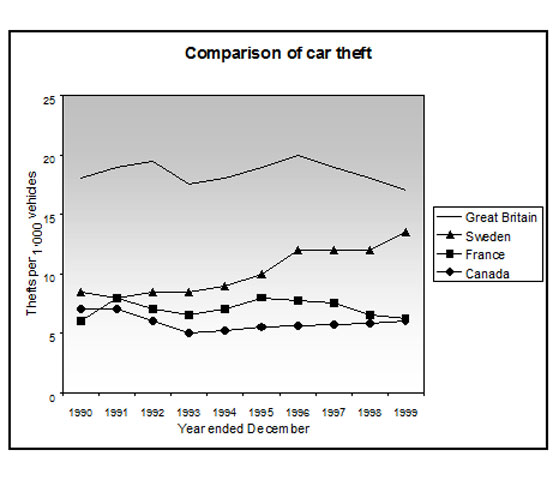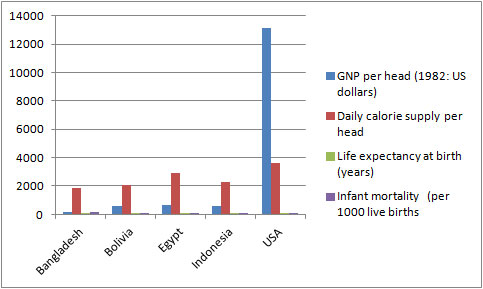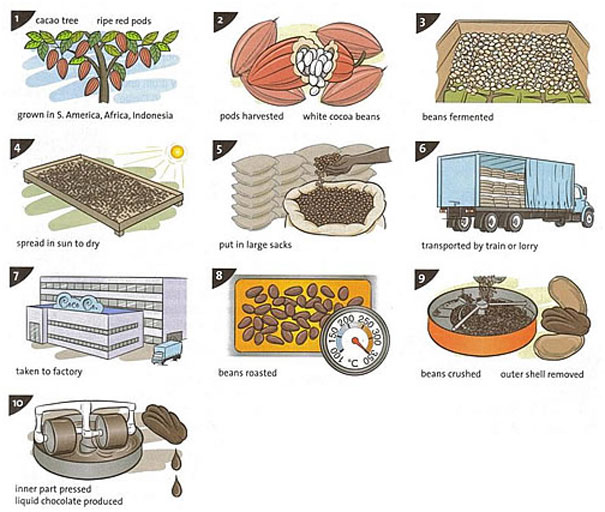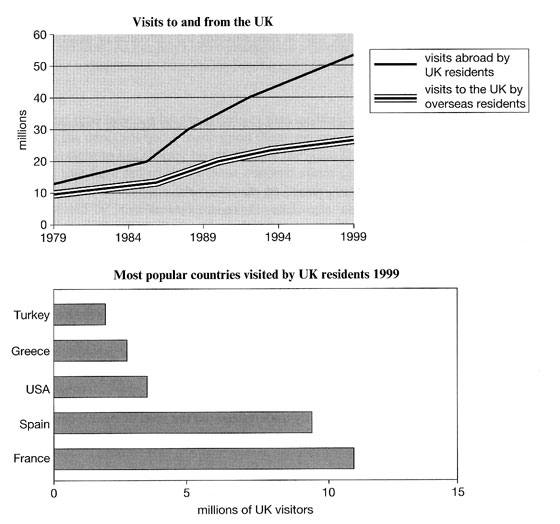- Home
- Task 1 Lessons & Tips
- Ielts Process Diagram
IELTS Process Diagram
It is less common in the writing test, but sometimes you will get an IELTS process diagram to describe.
This should follow the same format as any task 1:
- Introduce the diagram
- Give an overview of the main point/s
- Give the detail
Follow this link about how to write a task 1. However, there are different types of task 1 (line graphs, pie charts, maps etc) and each requires knowledge of a certain type of language.
This lesson will look at how to write an IELTS process diagram for task 1.
We also have a video lesson on writing an IELTS Process.

What is an IELTS Process Diagram?
To begin, look at this question:
You should spend about 20 minutes on this task.
The diagram illustrates the process that is used to manufacture bricks for the building industry.
Summarise the information by selecting and reporting the main features and make comparisons where relevant.
Write at least 150 words.
A process will have a number of stages that are in time order. So you should start at the beginning, and describe each stage through to the last one.
In the example above, this is fairly clear. It begins with the digging of the clay, and ends with delivery. Processes are not always this clear, and you may have to look more carefully to spot the beginning, and there may also be two things happening at the same time.
So it is important that you look at other sample processes to get a good understanding of how they can vary.
The Key Writing Steps
Introduce the Diagram
As with any task 1, you can begin by paraphrasing the rubric:
The diagram explains the way in which bricks are made for the building industry.
As you can see, this has been taken from the question, but it has not been copied. You need to write it in your own words.
Highlight the Main Points
An IELTS process diagram is different to a line, bar, pie chart or table in that there are not usually key changes or trends to identify. However, you should still give an overview of what is taking place.
The IELTS public band descriptors state that to achieve a band 6 or more for ‘task response’ the student must provide an overview in a task 1.
As there are no trends to comment on, you can make a comment on, for example, the number of stages in the process and how it begins and ends:
Overall, there are eight stages in the process, beginning with the digging up of clay and culminating in delivery.
Give the Detail
Now you need to explain the IELTS process diagram, and there are two key aspects of language associated with this:
1) Time Connectors
A process is a series of events, one taking place after the other. Therefore, to connect your stages, you should use ‘time connectors’.
Here is the rest of the answer with the time connectors highlighted (notice that you simply go from the beginning to the end of the process):
To begin, the clay used to make the bricks is dug up from the ground by a large digger. This clay is then placed onto a metal grid, which is used to break up the clay into smaller pieces. A roller assists in this process.
Following this, sand and water are added to the clay, and this mixture is turned into two differing types of brick by either placing it into a mould or using a wire cutter. Next, these bricks are placed in an oven to dry for 24 – 48 hours.
In the subsequent stage, the bricks go through a heating and cooling process. They are heated in a kiln at a moderate and then a high temperature (ranging from 200c to 1300c), followed by a cooling process in a chamber for 2 – 3 days. Finally, the bricks are packed and delivered to their destinations.
These connectors are the same you would use to write a graph over time when you explain a series of changes.
These are some common IELTS process diagram connectors:
To begin
Following this
Next
Then
After
After that
Before**
Subsequently
Finally
** If you use before, this means that you will be mentioning a later stage before an earlier stage, so you need to use it carefully. If you can use it properly though, it will get noticed.
Here is an example using stages four and five:
Before being dried in the oven, the mixture is turned into bricks by either placing it into a mould or using a wire cutter.
2) The Passive
When we describe an IELTS process that involves humans (a man-made process as opposed to a natural one), the focus is on the activities, NOT the person doing them.
When this is the case, we use the passive voice, not the active. For a natural process, such as the life-cycle of a frog, we use active as there is not a person doing the activity in the diagram.
This is a brief explanation of how to use the passive voice, but if you are new or unsure about using it, you should do some further study and practice.
Most sentences use this structure:
- Subject + Verb + Object
- A large digger digs up the clay in the ground.
In the active voice (as above), the digger is doing the verb i.e. the digger is doing the digging.
When we use the passive voice, we make the object (the clay) the subject, and make the subject (the digger) the object. We also add in the verb ‘to be’ and the past participle (or Verb 3).
- (S) The clay in the ground (V) is dug up (O) by the digger.
So throughout most of your description for your IELTS process diagram, you should be using the passive voice.
This is difficult as some verbs cannot take the passive. For example, 'to go' cannot be passive, so it is kept in the active voice:
- ...the bricks go through a heating and cooling process.
This is why you need to make sure you practice the passive so you know exactly how to use it.
Also, as you will see from the description, it is more usual to to comment on who or what is doing the action so the 'by...." phrase is excluded.
Here is the same example description with uses of the passive highlighted:
The Passive Voice:
To begin, the clay (which) is used to make the bricks is dug up from the ground by a large digger. This clay is then placed onto a metal grid, onto a metal grid, which is used to break up the clay into smaller pieces. A roller assists in this process.
Following this, sand and water are added to the clay, and this mixture is turned into bricks by either placing it into a mould or using a wire cutter. Next, these bricks are placed in an oven to dry for 24 – 48 hours.
In the subsequent stage, the bricks go through a heating and cooling process. They are heated in a kiln at a moderate and then a high temperature (ranging from 200c to 1300c), followed by a cooling process in a chamber for 2 – 3 days. Finally, the bricks are packed and delivered to their destinations.
Varying your Language
Sometimes it may be appropriate just to use the same language that you are given in the IELTS process diagram to describe it, but you should try to vary it.
You may be able to use nouns from the diagram as your verbs. For example, the noun packaging in stage seven becomes:
Finally, the bricks are packed…
Follow this link from the model task 1 pages to see a full IELTS process diagram model answer for this process.
Comments
Any comments or questions about this page or about IELTS? Post them here. Your email will not be published or shared.
Band 7+ eBooks
"I think these eBooks are FANTASTIC!!! I know that's not academic language, but it's the truth!"
Linda, from Italy, Scored Band 7.5
